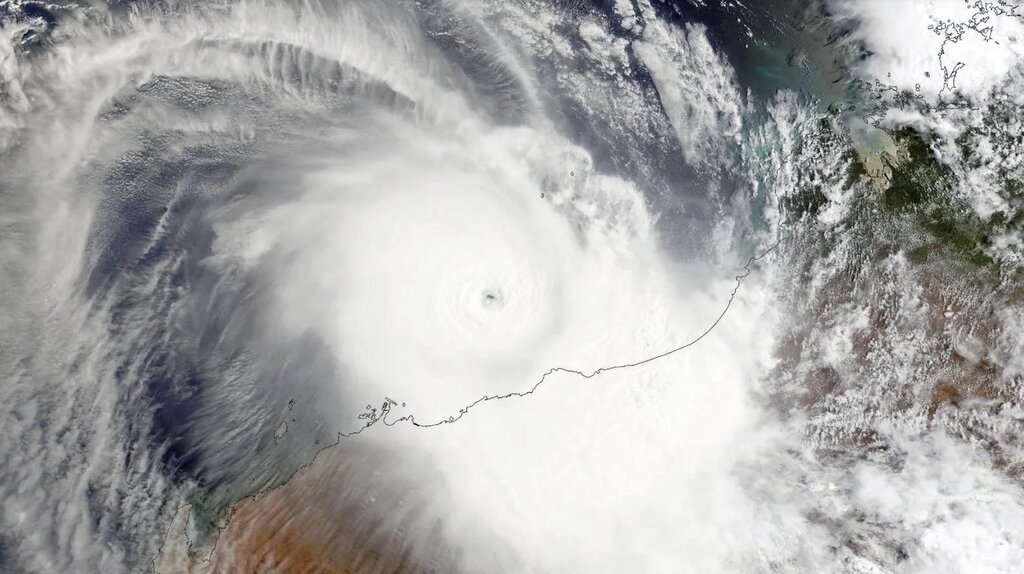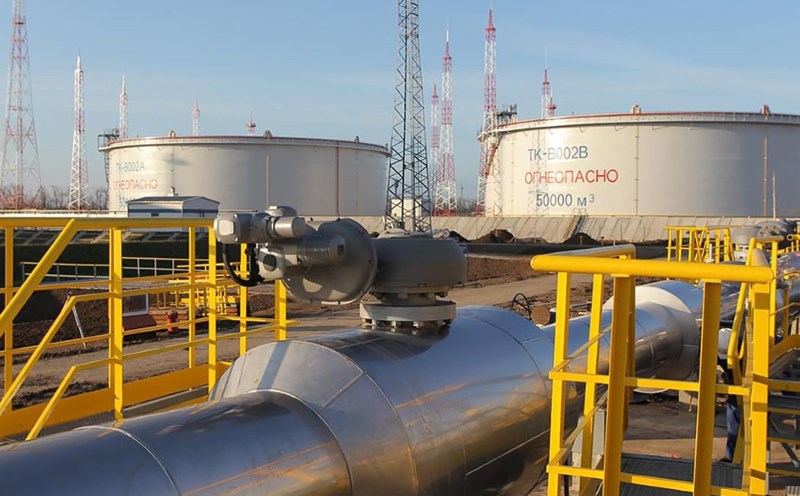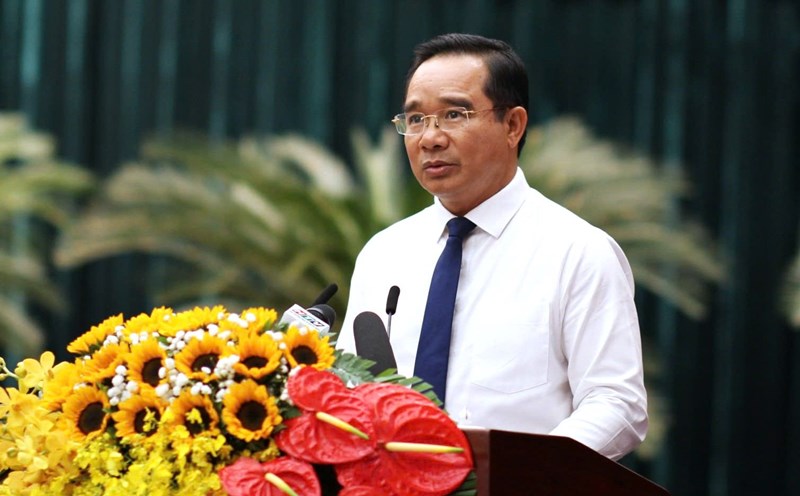Super Typhoon Zelia - which made landfall in Western Australia on February 14 - is the last name on the Australian Bureau of Meteorological Services' names in the letter-shaped order.
Super Typhoon Zelia has now dissipated but a new storm is expected to soon threaten the Australian coast. The next storm was originally scheduled to be named Anthony.
With Prime Minister Anthony Albanese as the country's incumbent leader, weather experts in Australia have switched to using other typhoon names, also starting with the letter A - Alfred.
"When a typhoon name coincides with a celebrity at that time, we will rearrange the next name starting with that letter to avoid confusion," the Australian Meteorological Agency spokesperson informed.
Changes to the Australian Bureau of Meteorology's list of typhoon names were made in early February.

Zelia made landfall on the coast of Western Australia on February 14 as a Category 4 storm, with gusts of up to 290 km/h.
Zelia is the fifth named storm to hit Australia this season. Zelia strengthened to a Category 5 super typhoon before making landfall, becoming the strongest super typhoon on the planet at the time of its existence.
Super Typhoon Zelia made landfall about 50 km east of Port hedland at 12:30 am on February 14, local time. By 7pm the same day, the storm weakened to a Category 3 storm with winds of 150 km/h as it moved south.
Typhoon Zelia is the strongest storm to hit Australia's Pilbara coast since Typhoon Ilsa in April 2023.
Three weeks ago, Tropical Storm Sean approached Western Australia as a strong Category 4 storm, the second storm of the current hurricane season in Australia.
Australia's hurricane season runs from November to April. During this period, typhoons are also being monitored in Papua New Guinea and Indonesia.
According to the Australian Bureau of Meteorology, the northwest coast of Western Australia is home to the country's most typhoons.
In addition to Super Typhoon Zelia, since 2021, Australia has recorded 18 other storms classified as Category 4 or 5 on the Saffir-Simpson hurricane scale.











